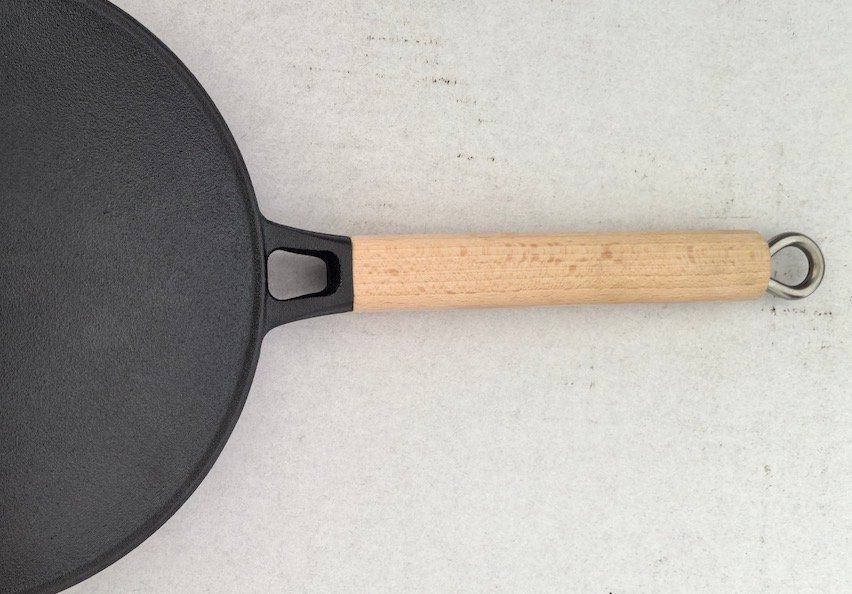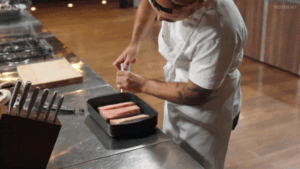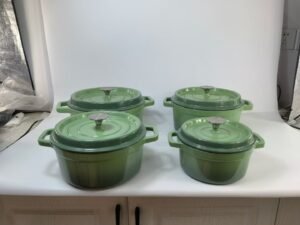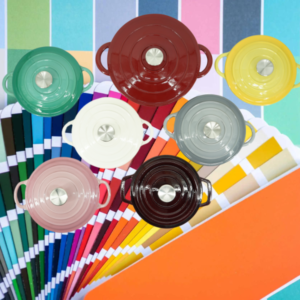Cooking with style and safety is essential in any kitchen, and one often-overlooked aspect is the handle material of cookware. Wooden handles not only add aesthetic appeal but also provide insulation, making cooking more comfortable. In this article, we’ll delve into the best wooden materials for cookware handles and their unique characteristics.
When choosing wooden materials for cookware handles, consider durability and heat resistance. Common options include beech, known for its strength and widespread use, ash, which offers flexibility, poplar, valued for its lightweight nature, and linden, appreciated for its fine grain. Each type brings unique qualities, ensuring that your cookware remains comfortable and safe to handle during cooking.
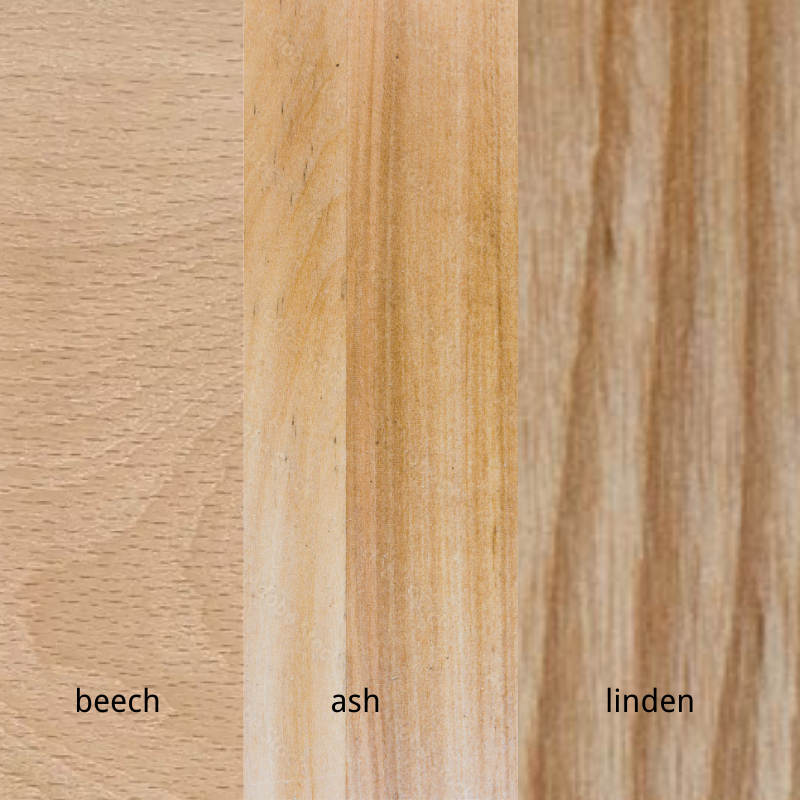
Now, let’s explore each of these wooden materials in detail, examining their properties, advantages, and ideal applications in cookware design.
What Makes Wood a Great Choice for Cookware Handles?
Wood is an excellent choice for cookware handles for several reasons. First, it is a poor conductor of heat, meaning it stays cooler to the touch even when the pot or pan is heated. This insulating property helps prevent burns during cooking. Additionally, wooden handles add a natural, warm aesthetic to kitchenware, making them visually appealing.
Wood is also relatively lightweight compared to metal options, enhancing the overall ease of handling. Moreover, wooden handles can be crafted into various shapes and designs, allowing for greater creativity in cookware aesthetics.
What Are the Characteristics of Beechwood Handles?
Beechwood is a popular choice for cookware handles, renowned for its remarkable strength and durability. It can withstand the rigors of cooking without warping or cracking. Maintenance is straightforward, as beechwood can be wiped clean without harsh chemicals. Its smooth finish provides a comfortable grip, making it an excellent choice for heavy cookware.
At Meiloz, we frequently use beechwood for our customized cookware handles. This material not only meets safety standards but also allows for logo printing, enhancing branding opportunities for our clients. Customization adds a personal touch, appealing to wholesalers and brand distributors looking to create a unique identity for their cookware.
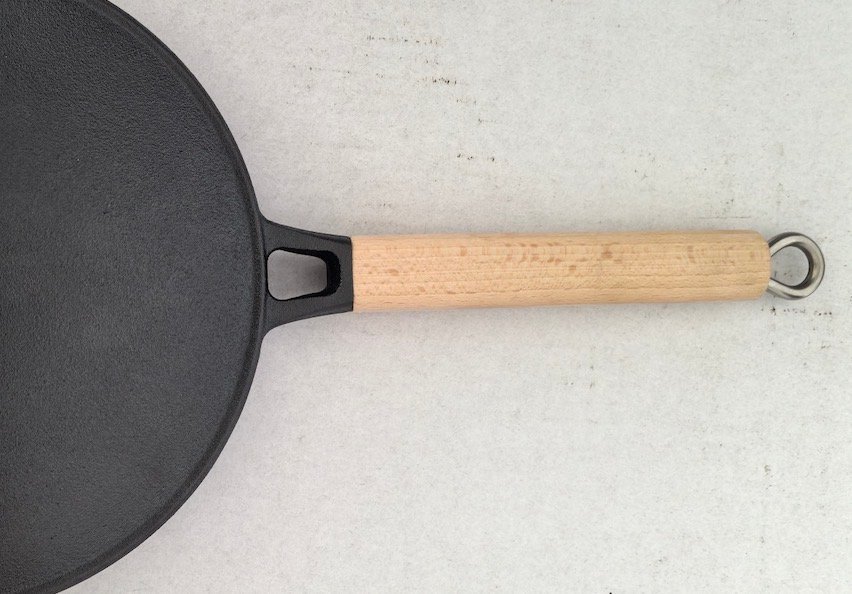
Why Choose Ash for Cookware Handles?
Ash wood is another strong contender for cookware handles, offering a unique combination of flexibility and strength. It is resistant to breaking under stress, and its attractive grain patterns add a decorative touch to cookware. Ash is particularly suited for handles that may experience bending, as it can flex without splintering.
Highly durable, ash is suitable for both residential and commercial kitchenware. Chefs who rely on heavy-use cookware appreciate the resilience of ash handles, which can endure the demands of a bustling kitchen.
What Advantages Does Poplar Offer for Cookware Handles?
Poplar is valued for its lightweight nature, making it ideal for cookware that requires frequent handling. Although not as strong as beech or ash, poplar is durable and cost-effective. Its light color and fine grain allow for easy painting or staining, making it versatile for various kitchen designs. This material is perfect for lighter pots and pans where ease of handling is a priority.
Additionally, poplar handles are an excellent choice for outdoor cooking equipment, such as camping cookware. Their lightweight nature makes them easy to carry, while their sufficient durability ensures they can withstand the elements.
Why is Linden a Popular Choice for Wooden Handles?
Linden wood is appreciated for its fine grain and smooth texture, which feels great in hand. It is lightweight and has good resistance to moisture, making it less prone to warping when exposed to heat. Linden’s aesthetic quality allows it to blend well with various cookware styles. Additionally, it is easy to carve and shape, making it a favorite among artisans.
Linden’s ability to resist moisture makes it particularly suitable for kitchen environments, where spills and humidity can affect other materials. This property enhances the longevity of cookware handles made from linden, ensuring they remain in great condition for years.
How to Care for Wooden Cookware Handles
To ensure the longevity of your wooden cookware handles, proper care is essential. Always hand wash wooden handles with mild soap and water, avoiding soaking to prevent warping. Occasionally, apply food-safe mineral oil to maintain the wood’s luster and prevent drying. This treatment nourishes the wood and enhances its natural beauty.
Avoid using abrasive cleaners that can damage the surface, and never put wooden handles in the dishwasher, as the high heat and moisture can cause them to warp or crack.
Are There Any Disadvantages to Wooden Handles?
While wooden handles have many advantages, there are some disadvantages to consider. They may not withstand high temperatures as well as metal handles and can be more susceptible to moisture. Prolonged exposure to heat or liquids can lead to degradation over time. It’s essential to check handles regularly for any signs of wear and replace them if necessary.
Additionally, wooden handles may require more maintenance compared to their metal counterparts, particularly in commercial settings where they see heavy use.
Comparing Wooden Handles with Other Materials
When deciding on cookware handles, it’s helpful to compare wooden handles with other materials such as metal and plastic.
- Metal Handles: Metal handles can withstand high temperatures but conduct heat, often making them uncomfortable to touch. They are typically more durable in extreme conditions but lack the warmth and aesthetic appeal of wood.
- Plastic Handles: Plastic handles offer a lightweight alternative but may not be as durable as wood. They can warp or degrade over time, especially when exposed to high heat. However, they are often less expensive and available in various colors and designs.
Summary
In summary, choosing the right wooden material for cookware handles enhances both functionality and style. Whether you prefer the strength of beech, the flexibility of ash, the lightweight nature of poplar, or the fine grain of linden, understanding these materials ensures your cookware meets your culinary needs while maintaining safety and comfort.
With Meiloz’s customization options, including the use of beech wood and logo printing, you can enhance your product offerings and brand presence in the market. Investing in high-quality wooden handles not only elevates your cookware but also provides your customers with an exceptional cooking experience.

